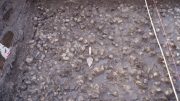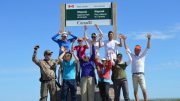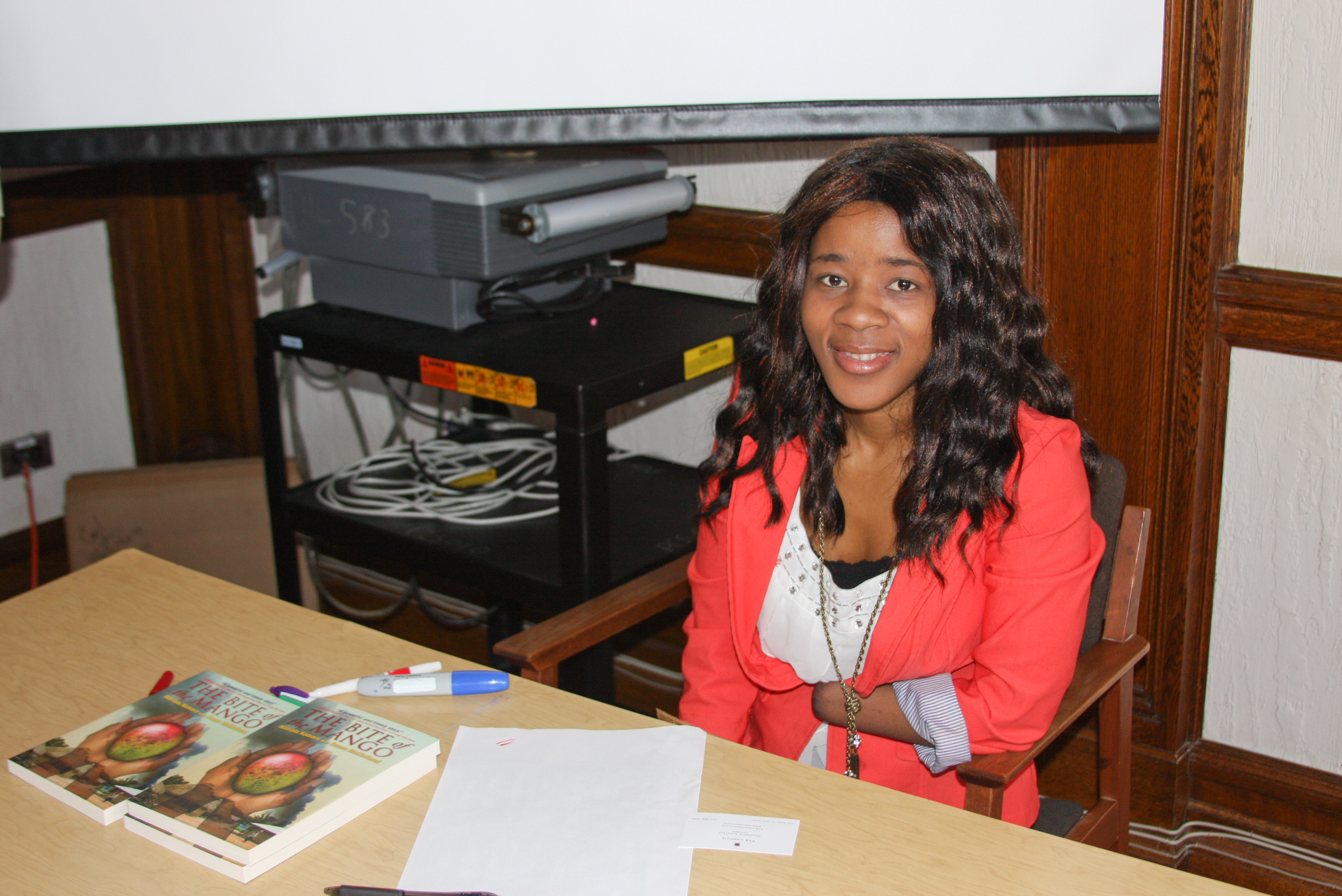Dr. William James Mayer-Oakes was the first head of the U of M anthropology department back in the early 1960s. As an archaeologist, he took great interest in the Ice Age history of Manitoba when glacial Lake Agassiz covered huge areas of the countryside. In addition to that enormous inland sea, massive glaciers also buried much of the province, and the place in which we now live was vastly different 9,000 years ago from what it is today.
In 1965, Dr. Mayer-Oakes initiated a four-year research project called the “Glacial Lake Agassiz Survey.” The purpose of this endeavour was to seek out archaeological evidence of the ancient peoples who inhabited the shores and hinterlands of that gigantic lake that variously inundated large areas of Manitoba for some 4,000 years. The Survey field crew varied from three to six individuals, one of whom was an experienced professional archaeologist who led the operation. Most of us were graduate students. The project provided us with the opportunity to learn many interesting things about ancient Manitoban history, and a number of Master’s theses were written on the findings. It also laid the foundation for follow-up research and publication in subsequent years.
And like any other human enterprise, it had its moments.
For example, in the summer of ’65 we set up our base camp for a week or so near Garland, a small village on the CNR line north of Dauphin. The work required a high degree of mobility, and our means of transportation was an International Travelall, a sort of cross between a station wagon and a van. On the front doors of the vehicle were painted the words “University of Manitoba Laboratory of Anthropology.” This immensely impressed some of the local teenagers, who were agog at the idea of “scientists” working out of Garland, of all places. I don’t think they had a clue what we were up to, or what “anthropology” was, but no matter — we were scientists, and for their devious purposes, that’s all that mattered.
Now it just so happened that one of the senior residents of the community made a habit of telling the local youngsters tall tales, claiming that the stories were God’s truth. His doubting (and perpetually annoyed) audience persistently tried to trip him up by pointing out the flaws in his yarns, but the old trout always had a quick answer and he outmanoeuvred them every time. But with scientists in town, the tables were turned, and the youngsters came to us one day with the following plan: they’d tell the geezer that the scientists camped near town could make trees grow six feet overnight. To prove the point, we’d come into town in the full light of day and plant a tiny spruce sapling somewhere and sprinkle it with a dose of contrived fertilizer, with the old fellow watching the goings-on. Then, in the dead of night, we’d sneak back and replace the sapling with a six-foot tree. The next day the codger would gaze in wonder and disbelief at the miraculous spruce tree, and the kids would at long last have the old rascal right where they wanted him.
Being young and foolish myself, I was all for going along with this masterpiece of rural hi-jinks. Our older and wiser crew leader, however, wasn’t interested in getting entangled in local inter-generational warfare, and outright refused to participate in the conspiracy. So ended Garland’s brief flirtation with “science.”
One problem with the Travelall: it was very light — sort of a big green eggshell on wheels. Early one morning while going about our business in the bush, we parked the vehicle on a grassy incline. Alas, the grass was wet on account of a heavy dew the night before; and when we tried to back out onto the road, the tires spun on the wet grass for lack of traction, leaving us stranded. What sophisticated plan did we devise to contend with this setback? We waited ‘til the grass dried.
Our 1965 experience revealed that the Travelall was not the ideal machine for back-country survey, so we got a Land Rover with a winch on the front. If we got stuck, all we had to do was tie the end of the cable to a good sturdy tree, activate the winch, put the vehicle in drive, and pull ourselves out. Armed with this mechanical marvel, we thought we could conquer any quagmire Mother Nature could place before us.
Now, it just so happened that the summer of 1966 was a particularly wet one. We were working in the Kettle Hills south of Swan Lake using the Rover, and one day we elected to negotiate a mudhole on the brazen assumption that we could simply winch ourselves out if necessary. We did indeed get bogged down, but no problem . . . we had the winch. Except for one thing: a forest fire had raged through the area a few years previously, and all the larger trees were dead. Furthermore, the soil was very light and sandy, and every time we hitched the cable to a tree, we hauled it out by the roots. Within half an hour we’d extricated every tree and charred stump within reach, all the while remaining firmly embedded in the ooze. By the grace of God, a couple of Natural Resources personnel happened by in a tracked vehicle and helped pull us out. If they hadn’t entered the picture, we’d probably still be there.
One procedure we followed in acquainting ourselves with the archaeological resources of an area was to visit the local museums and examine their artefact collections. In the Swan River valley there lived one Fred A. Twilley, a little 90-something Englishman who had set up his own private museum on his property east of Swan River. I was quick to learn that Mr. Twilley had a sense of humour that didn’t quit. One day he showed me an ancient tinplate photograph of a strapping young lad who looked like he was ready to take on the world. “Now that chap,” he said, “should have become the Prime Minister of Canada.”
“Who is it?” I said.
“It’s me” he said. He also had an 80-plus-year-old friend in Swan River he referred to as “that young feller in town.” Being a wise old owl and me a young pup still wet behind the ears, Mr. Twilley assured me that a long and successful life was to be had by “keeping my mouth shut and my bowels open.” 43 years later I still don’t quite know how to interpret that murky piece of philosophy nor, in retrospect, how it may have subconsciously helped shape my subsequent career. It sounded funny when he said it, though.
In the fall of 1966 after the end of the field season, a number of us went in the Travelall to a conference in Nebraska. In those days, the Travelalls were popular with rock n’ roll bands when they went on the road. One of my fellow students, Dennis, had a Beatle haircut — a rather unusual sight locally but familiar to many, thanks to television. The Beatles were in high gear at the time, and Dennis looked like one of them. On the way back from the conference we stopped for gas somewhere in North Dakota. The pump jockey looked at the Travelall, then at Dennis, and concluded we were a rock n’ roll band in town for a gig. He said to Dennis, “What’s the name of your group?” Not quite understanding the question, Dennis replied, “Um . . . Laboratory of Anthropology.” “Great,” said the kid, “where’re you playing?”




